Let me take you back to a moment in my own journey with content marketing. It was 2018, and I had just started a small blog about DIY home projects. I poured hours into content creation – writing tutorials, snapping photos, and sharing my posts on social media. But guess what? Crickets. Hardly anyone read it.
Today, my content reaches thousands of readers monthly, and I’ve even partnered with brands to create sponsored posts. What changed? I learned how to work smarter, not harder. I discovered the ways of powerful storytelling, SEO, and understanding my audience’s needs.
That’s the magic of content marketing – it’s not just about creating “stuff” and hoping for the best. It’s about strategy, connection, and understanding what makes people tick. In 2025, this field has become even more dynamic. It’s not just blogs and social media posts anymore – its interactive experiences, AI personalization, and content – like a conversation with a friend.
In this article, I’ll share strategies that have worked for me and countless others. No matter you’re just starting or looking to polish your approach, these strategies will work for you.
10 Best Content Marketing Strategies for Success
The following are the strategies that are the crux of my journey into the content marketing to help you learn about the content marketing strategies for success in 2025.
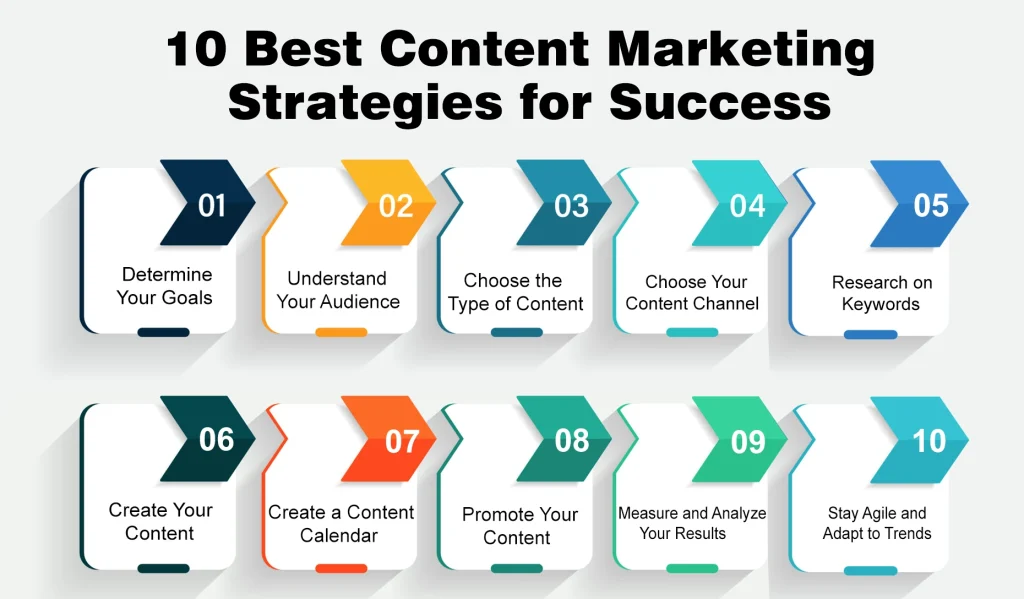
1. Determine Your Goals
Firstly, you have to determine your goals which you want to achieve with the help of your content marketing. Determine if you want to attract more users or want to increase your sales. Having a clear set of goals can help you work properly and effectively to have your hands on the desired outcomes.
A goal is always not oblivious it is hidden but is intended in the marketing campaign. A single marketing campaign also contains multiple goals. For example, your goals may be about to:
- Build brand awareness to a wider audience.
- Drive traffic to your website to boost web traffic.
- Introduce a new product or service in the market.
- Build authority of the brand with meaningful insights and solutions.
- Generate leads by getting potential customers and their contact information.
2. Understand Your Audience
You should understand the requirements and preferences of your audience. It will help you to deal with their needs. You must research well to determine what your targeted audience wants from your business. In this way, you can easily adapt to the way that will lead you to effective results. You should understand the specific audience personas, especially about,
- Psychographics: Interests, hobbies, values, attitudes, and lifestyles.
- Behavioral Data: Online habits, purchasing behaviors, content preferences, and decision-making processes.
You can use tools like Google Forms, Typeform, or SurveyMonkey to gather audience insights.
Questions could include:
- What problems are they trying to solve?
- What type of content do they consume most (blogs, videos, infographics)?
- What social media platforms do they use?
3. Choose the Type of Content
The type of content you choose should be relevant to your campaign goals – whether it’s about building brand awareness, generating leads, driving sales, or increasing engagement. It’s equally important to consider your audience’s preferences and the platforms where they are most active. For example, younger audiences prefer short-form videos, while professionals engage more with long-form articles or webinars.
- Text-Based: Blogs, e-books, white papers, case studies.
- Visual: Videos, infographics, memes.
- Interactive: Polls, quizzes, webinars.
- Audio: Podcasts, audio guides.
- User-Generated: Testimonials, social shares, reviews.
Different content types work better for different channels and purposes. For instance, videos and infographics are highly effective for social media, while blogs and e-books establish authority on your website.
4. Choose Your Content Channel
In 2025, a large number of social and digital marketing platforms are available on which you can post your content to reach your audience. Some of the top options are websites, blogs, social media, and video-sharing platforms. Pick the most suitable for you.
The decision about choosing the marketing channel depends upon your audience, product, service, and the type of content you’ve uploaded on your site. All of the platforms over the internet have a specific set of audiences for different businesses.
Have a look at multiple content marketing platforms and their potential content you can use:
- Facebook: Posts and Videos
- Instagram: Reels and Stories
- LinkedIn: Articles and Infographics
- YouTube: Tutorials and Case Studies
- Email: Newsletters and Promotions
- Blog: SEO-optimized Posts
Content type varies directly with the selection of your content channel. Different channels allow you to post different types of content. Social media allows you to upload images, videos, and texts. Similarly, websites offer the same. However, the requirements and specifications are different and you must pay attention to them.
Pro Tip: Always be consistent about the content type in your marketing campaign whether you decide to be on a single or go on a multi-channel approach.
5. Research on Keywords
Keyword research is also a component of the successful content marketing strategy in 2025. The rise of competition has made it compulsory to find the best keyword trends with high traffic and less saturation. It will let you rank on the search engines and receive as many audiences as possible. Here’s an overview of what keyword research for a content marketing campaign consists of:
- Start with broad topics related to your business or industry.
- Think about the words or phrases customers use to describe your products, services, or challenges.
- Examine the keywords your competitors are targeting using tools like Ahrefs, SEMrush, or Ubersuggest.
- Long-tail keywords (e.g., “best running shoes for flat feet“) often have lower competition, higher conversion rates, and more specific intent.
Outcome: A prioritized keyword list, content ideas, and an SEO plan as per your audience.
6. Create Your Content
At this stage, you now know what type of content and which platform you will pick for this. The heart of any content marketing strategy is the content itself. Your all efforts will fall flat without high-quality content.
If you want your content to provide value, solve issues, and keep readers coming back for more, then you need to avoid content writing mistakes. Only then will you be able to attract the audience’s attention. Below, you’ll find some suggestions for improving your content evaluation skills.
- Focus on Value: Always prioritize value over fluff and answer questions, solve problems, or educate your audience.
- Use Visuals: Enhance your content with relevant images, infographics, and videos to make it more engaging and digestible.
- Write for Your Audience: Use language and tone focused on your target audience. Whether it’s formal, casual, or technical, make sure it’s aligned with your personas.
- Optimize for Readability: Break up text with headings, subheadings, and bullet points. Keep sentences and paragraphs concise.
Pro Tip: Regularly update your content to keep it relevant. Outdated content can hurt your SEO rankings and audience engagement.
7. Create a Content Calendar
If you want your content marketing to be well-planned and organized, you need a content calendar. You can keep tabs on due dates, and stay consistent, while also making everything in accordance with your objectives with its help.
How to Create a Content Calendar?
- Identify Key Dates: Start by noting important dates such as product launches, holidays, industry events, and any seasonal trends relevant to your business.
- Plan Content Frequency: Evaluate how often you want to publish content (daily, weekly, bi-weekly) and how your calendar reflects this schedule.
- Assign Tasks: Distribute responsibilities among your team members (writers, designers, videographers, etc.) and break down the process of content development.
- Content Types & Channels: Plan the type of content (blog posts, videos, infographics, etc.) and the platform it will be posted.
- Pro Tip: Use tools like Trello, Asana, or Google Calendar to easily manage and track your content calendar.
You can get a free content calendar through here: Google Sheet Link
8. Promote Your Content
Producing high-quality content is just half the battle. You need to market it well if you want to make the most of it. You can boost the number of viewers who see your content and the number of users who visit your website or landing pages by promoting it. Further, you need to use a mix of sponsored and organic channels to reach your target demographic this year. Allow me to show you the way!
- Social Media: Share your content across your social media platforms (Facebook, Instagram, X, LinkedIn, etc.).
- Paid Advertising: Use paid campaigns on platforms like Google Ads, Facebook Ads, or LinkedIn Ads to promote your top-performing content and drive traffic to your website.
- Influencer Marketing: Partner with influencers who align with your brand to promote your content to their audience.
- Email Marketing: Use newsletters and email campaigns to share your latest content with your subscribers.
- Collaborations & Guest Posting: Collaborate with other brands or guest post on reputable sites to expand your reach.
You can repurpose content across different formats (e.g., turn a blog post into a video or infographic) to maximize its reach and engagement.
9. Measure and Analyze Your Results
After following all the steps mentioned previously, you will able to generate useful content and promote it perfectly. However, you should measure and track the results of your efforts periodically. Keep your KPIs under consideration and compare the actual results with the ones you have estimated. All these provide efficient data about what’s working, what’s not, and how you can improve.
- Traffic: Monitor the number of visitors to your website or blog. Find out how effective your content is in attracting visitors with this tool.
- Engagement: Log social media likes, shares, comments, and other activities. High audience involvement means your content resonates.
- Conversion Rate: Measure how many people join up for a subscription, buy anything, etc. after reading your material.
- SEO Rankings: Check keyword rankings and organic traffic to see how well your content performs in search engines.
- Bounce Rate: A high bounce rate can indicate that your content isn’t engaging or reaching audience expectations.
Tools for Tracking Results:
- Google Analytics
- SEMrush
- HubSpot
- Social media analytics tools (e.g., Facebook Insights, Instagram Analytics)
Lastly, it is important to moderate your content strategy to make it more effective. While tracking the result, you should compile a list of the content that is not offering the desired outcomes. Identify the essential flaws and work properly to eliminate them. This will keep your content strategy updated according to modern standards.
10. Stay Agile and Adapt to Trends
The digital era is evolving, and staying ahead of trends for a successful content marketing strategy has become more competitive. New technologies, platforms, and content formats emerge regularly, and businesses need to be flexible and ready to adapt.
- Monitor Industry Trends: Stay updated with the latest trends in your industry, as well as broader marketing trends.
- Experiment with New Formats: You should not be afraid to try new content formats such as interactive content, AR/VR experiences, or AI-generated content.
- Test and Learn: Regularly experiment with different strategies, content types, and channels to see what produces best for your audience.
- Be Open to Feedback: Listen to what your audience has to say and change your content strategy accordingly.
Final Verdicts
These are the tips and tactics you can opt for to create a successful content marketing strategy for success in the saturated landscape. Determine your goals and understand your audience to work down the ways that will help you attract the maximum number of users.
The appropriate mix of social media, paid advertisements, influencer marketing, email campaigns, and content repurposing may boost content reach and effect. To maximize content potential, be consistent, track results, and optimize your strategy.





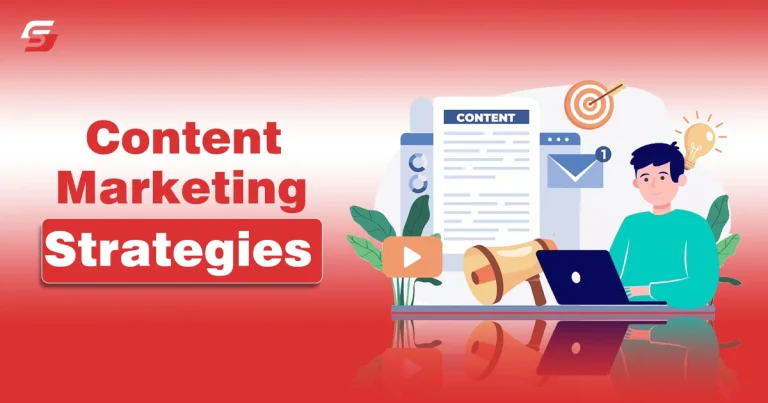
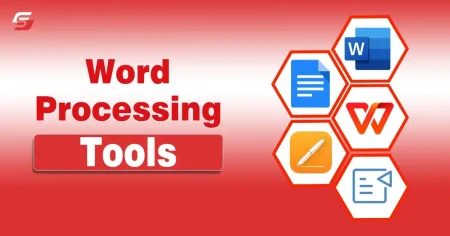
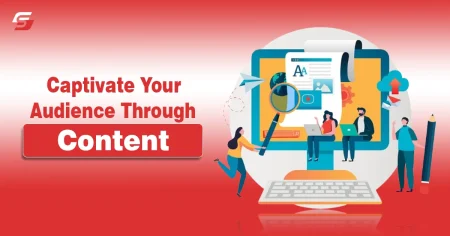
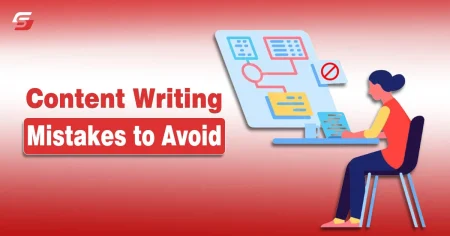
7 Comments
Pingback: How to Create a YouTube Channel and Earn Money
Pingback: Five Tips To Improve Your Blog Writing Skills
Pingback: Top 10 Highest Paying Freelancing Jobs at Home to Earn Money
Pingback: Common Blogging Mistakes to Avoid in 2025
Pingback: How to Start a Business Blog in 2025
Pingback: Ways to Earn Passive Income with Technology Skills
Pingback: Common Blogging FAQs for Beginners